
1) Define your brand's non-visual identity
Clearly articulate what your brand stands for, its values, and its personality. Defining your brand's identity involves clearly articulating what your brand stands for, its values, and its personality to create a cohesive and compelling image that resonates with your target audience. Here's how to define your brand:
Develop brand guidelines that outline the visual elements (e.g., logo, colors, fonts) and messaging guidelines (e.g., tone of voice, key messages) that represent your brand identity. These guidelines will ensure consistency across all brand communications.
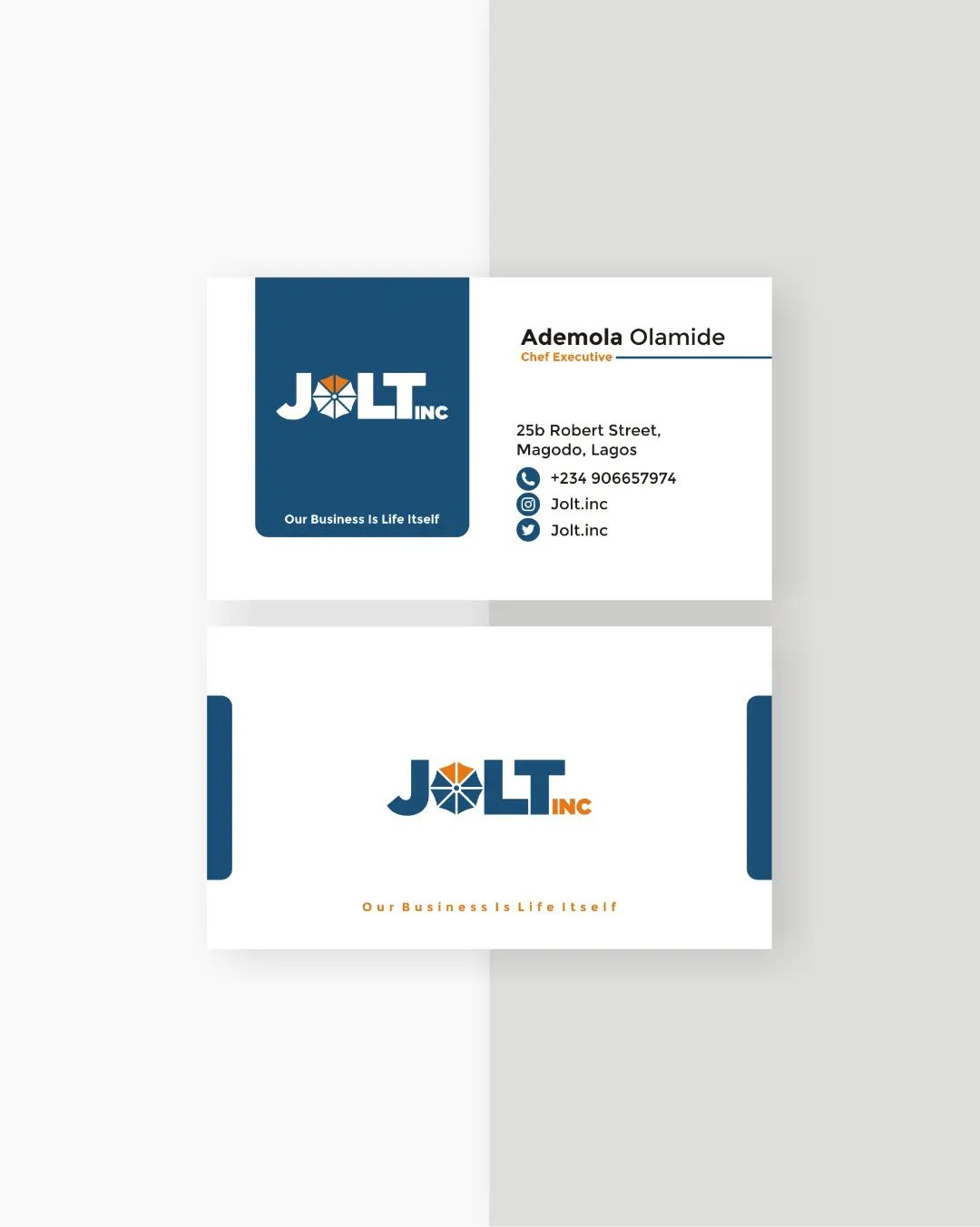

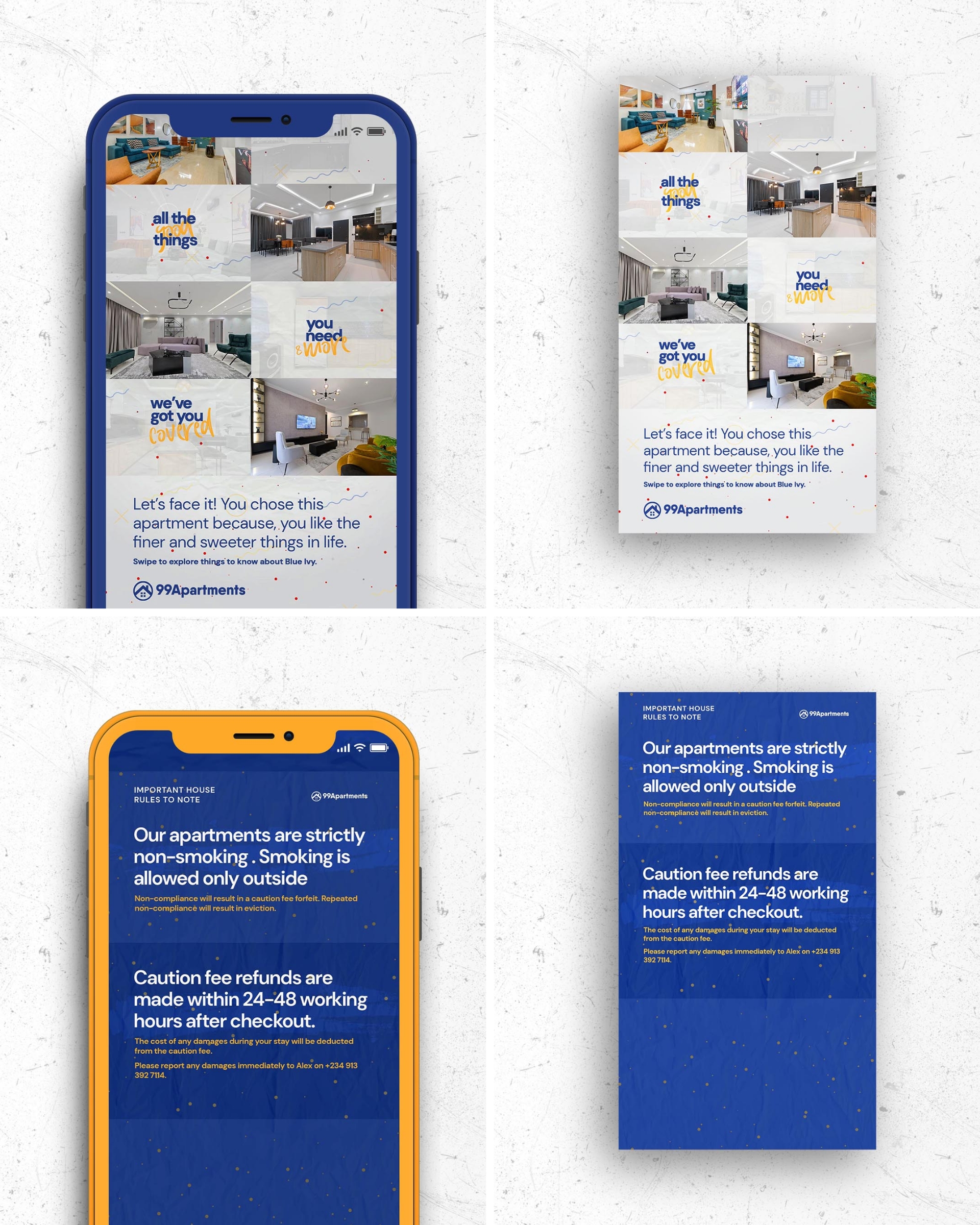

2) Understand your target audience
Create detailed customer personas or profiles that represent your ideal customers. Include information such as age, gender, income, occupation, interests, pain points, and purchasing behaviors. This helps humanize your audience and provides a clear understanding of who you're targeting.




3) Create a memorable logo
Design a logo that reflects your brand's identity and is easily recognizable. Creating a memorable logo for your brand is essential because it serves as a visual representation of your brand identity and helps distinguish your brand from competitors. Here are some steps to create a memorable logo:









4) Develop a consistent visual identity
Creating a cohesive visual identity is essential for establishing a strong and recognizable brand presence across different platforms and interactions. Consistency in visuals helps customers quickly identify and connect with your brand, ultimately leading to increased sales and brand loyalty. To achieve this, maintain uniformity in colors, fonts, and imagery throughout all branding materials. Your visual identity should reflect your brand's personality, values, and goals, creating a unified visual language that resonates with your audience. Here are some steps to develop a consistent visual identity.
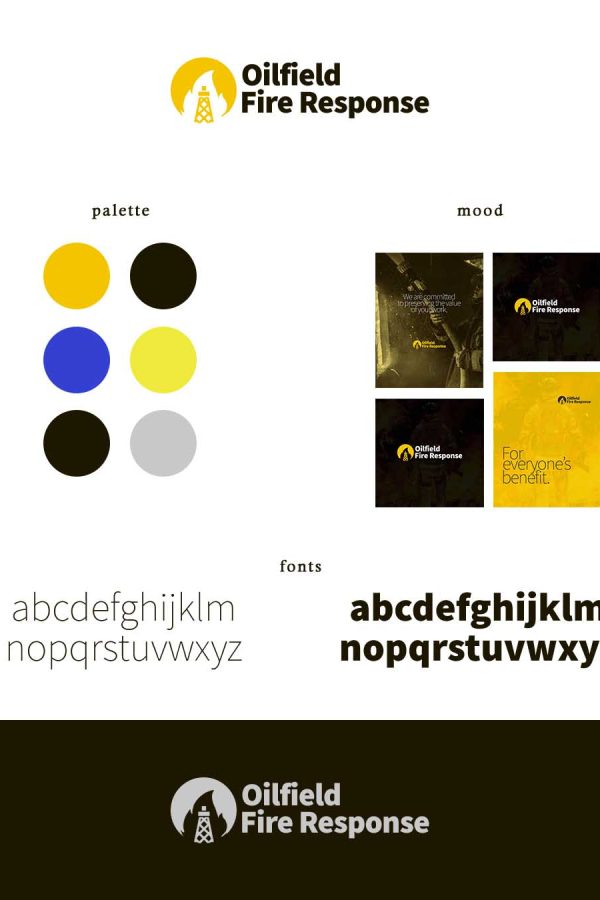

5) Craft a compelling brand story

6) Build trust with your audience




7) Deliver exceptional customer experiences
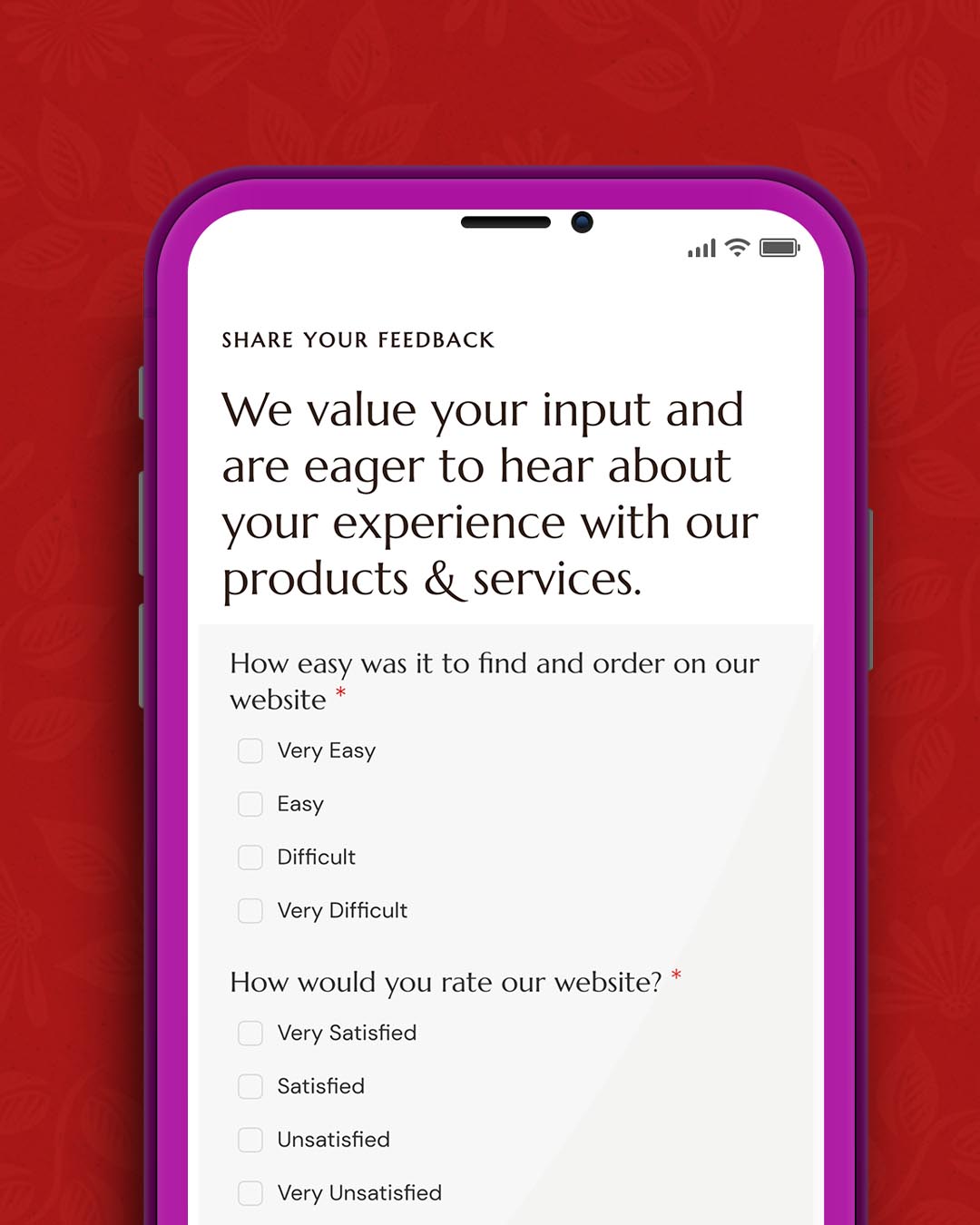
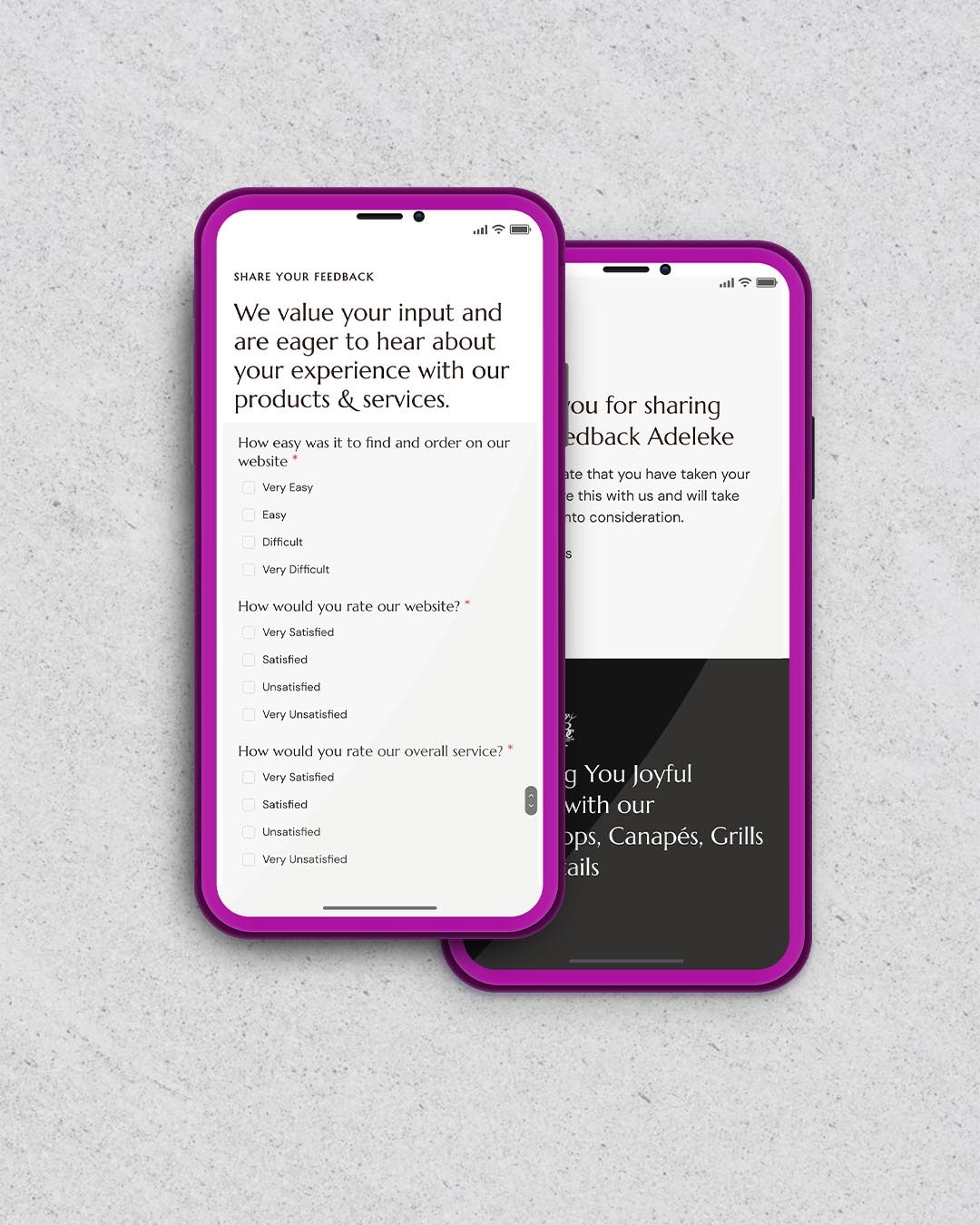






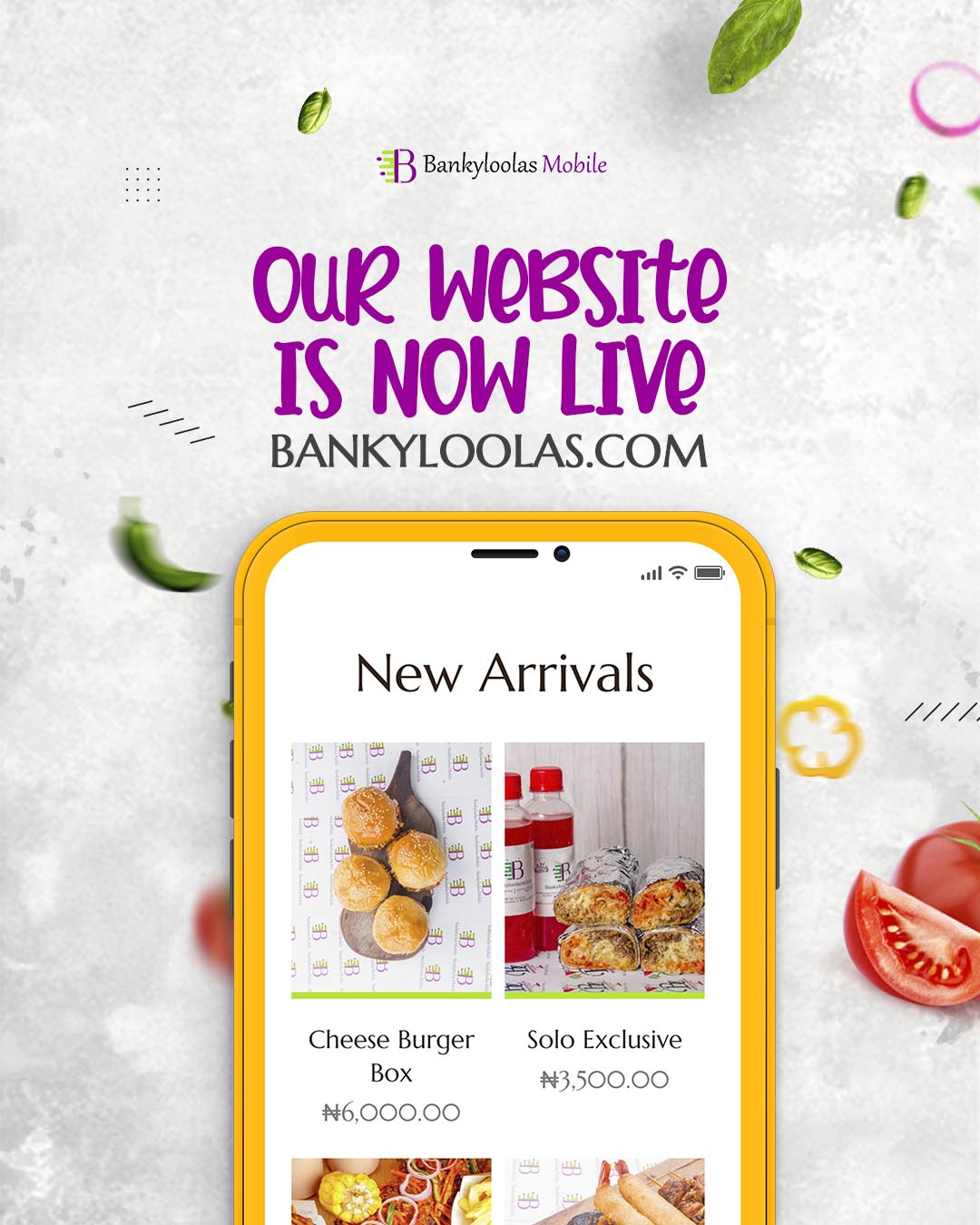

9) Monitor and manage your brand's reputation






10) Adapt and evolve







